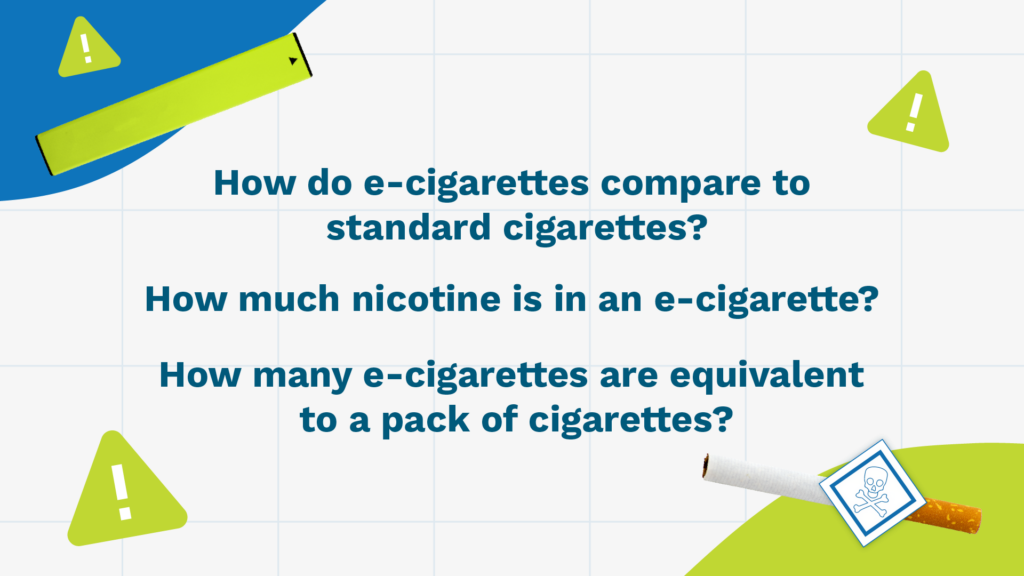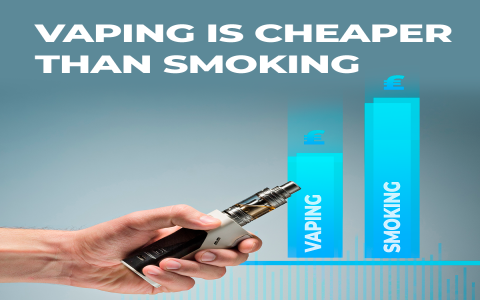Understanding the distinctions between electronic cigarettes (e-cigarettes or vapes) and regular combustible cigarettes is crucial for assessing their respective impacts.
Mechanism of Action and Composition
- Regular Cigarettes: Operate via combustion. Burning tobacco releases a complex mixture of over 7,000 chemicals in smoke, including tar, carbon monoxide, arsenic, and numerous carcinogens. The primary psychoactive component is nicotine.
- Electronic Cigarettes: Operate via aerosolization. A battery-powered device heats an e-liquid (or vape juice) to create an aerosol, which is inhaled. E-liquids typically contain nicotine, propylene glycol, vegetable glycerin, and flavorings. While the aerosol contains significantly fewer toxic substances than cigarette smoke, it is not merely water vapor and can contain harmful and potentially harmful constituents (HPHCs), including heavy metals, volatile organic compounds, and ultrafine particles.
Health Risks and Effects
- Regular Cigarettes: The health risks are well-established and severe. They are a leading cause of preventable death globally, directly linked to various cancers (lung, throat, bladder, etc.), chronic obstructive pulmonary disease (COPD), emphysema, heart disease, stroke, and other health problems.
- Electronic Cigarettes: Generally considered less harmful than regular cigarettes but not harmless.
- Nicotine Addiction: Most e-cigarettes deliver nicotine, which is highly addictive and can harm adolescent brain development and impact fetal development.
- Respiratory Effects: Inhalation of aerosol components can cause lung irritation, inflammation, and has been associated with conditions like EVALI (e-cigarette or vaping product use-associated lung injury), particularly with THC-containing products and vitamin E acetate. Long-term respiratory effects are still under investigation.
- Cardiovascular Effects: Nicotine increases heart rate and blood pressure. Some studies suggest potential links between e-cigarette use and increased cardiovascular risk, though more long-term research is needed.
- Other Concerns: Accidental ingestion of e-liquid can cause acute nicotine poisoning. Device malfunctions can lead to burns or injuries. The health effects of inhaling various flavoring chemicals long-term are largely unknown.
Secondhand Exposure
- Regular Cigarettes: Secondhand smoke (SHS) contains the same harmful chemicals inhaled by the smoker and is a known human carcinogen, posing significant health risks to non-smokers.
- Electronic Cigarettes: Secondhand aerosol (SHA) exposes bystanders to nicotine and other chemicals present in the e-liquid and aerosol. While SHA contains fewer toxicants than SHS, it is not risk-free and can contribute to indoor air pollution.
Usage and Cessation
- Regular Cigarettes: Due to their high addictive potential and severe health consequences, extensive public health efforts focus on preventing initiation and promoting cessation.
- Electronic Cigarettes: Marketed by some as a smoking cessation tool or a “safer” alternative. While some smokers have successfully quit regular cigarettes using e-cigarettes, their efficacy as a broad cessation aid is still debated, and many users become dual users (using both products). Concerns exist about e-cigarettes acting as a gateway to nicotine addiction for youth and non-smokers.
In summary, while e-cigarettes likely expose users to fewer toxicants than regular cigarettes, they are not without health risks. Regular cigarettes remain unequivocally more harmful due to the combustion process and the vast array of toxins in their smoke.











